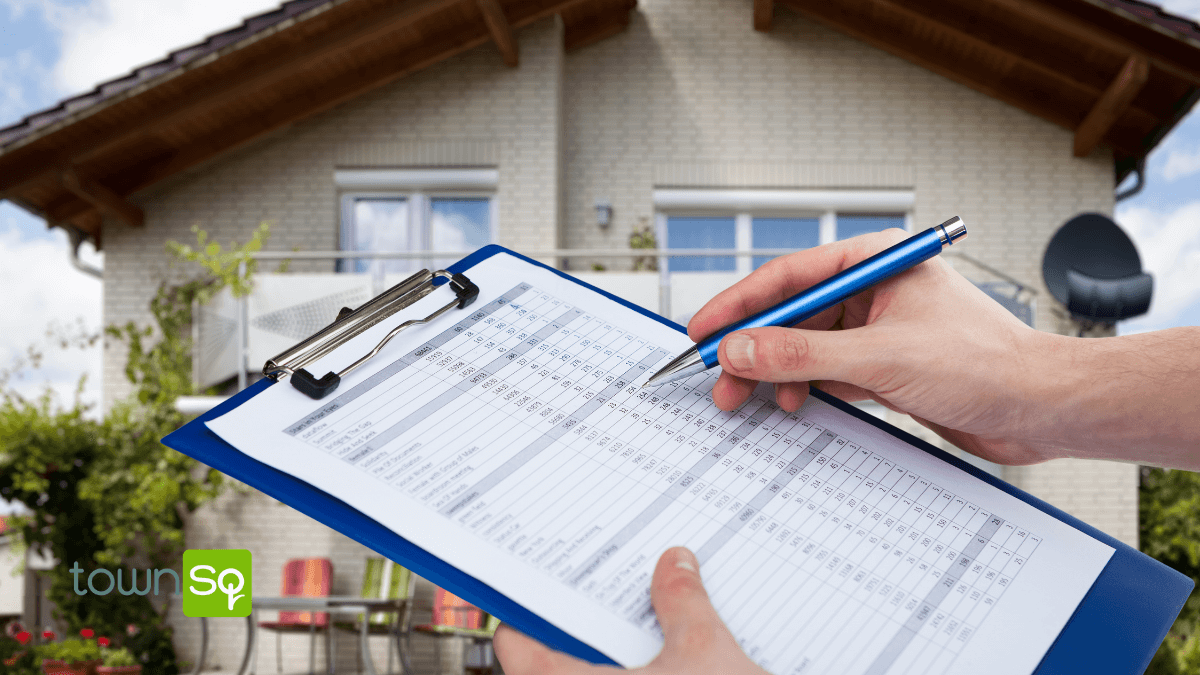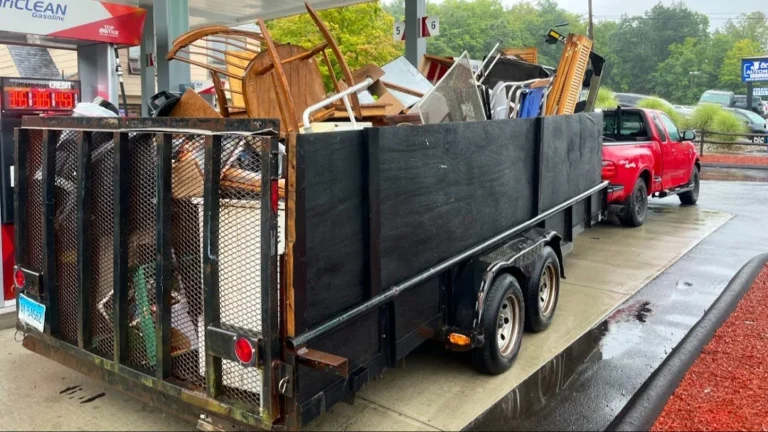How Should You Track HOA Violations?
Are you struggling with how to handle HOA violations in your community? Stay organized and maintain order by implementing a formal process for monitoring violations.
Utilize technology to streamline operations and ensure fair enforcement. This article will show you how to establish a robust violation tracking system, comply with regulations, and maintain detailed records for consistent monitoring.
Enhance communication, reduce errors, and promote compliance within your HOA community.
Importance of Technology in Violation Tracking
Utilizing technology for tracking HOA violations enhances efficiency and organization within your community management processes.
HOA property management software simplifies how to handle HOA violations by providing organized records and easy access to information. With tools like Innago, you can streamline online payments, communication, financial organization, and maintenance requests. This technology aids in storing data about dues, violations, and more.
Property management software plays a crucial role in detailing violations, sending warnings, collecting fines, handling maintenance requests, and overall efficient community management.
Make the most of these resources to ensure your HOA operates smoothly and effectively.
Ensuring Legal Compliance and Rule Adherence
To ensure legal compliance and rule adherence when tracking HOA violations, review your bylaws with a lawyer. Understanding state-specific regulations is crucial for enforcing fines and penalties correctly. Research the laws in your state and seek legal advice to ensure your HOA rules align with the legal requirements.
Maintaining legal compliance will help you avoid conflicts and issues with violations and fines. By establishing clear processes and guidelines, you can ensure fair enforcement and build trust within your community. Consistent record-keeping of violations and penalties is essential for identifying trends and enforcing rules fairly.
Consulting legal professionals and staying informed about regulations will help you navigate the complexities of HOA violation tracking effectively.
FOR MORE INFORMATION CLICK HERE : present experiences
Establishing a Formal Tracking Process
Establishing a formal tracking process for HOA violations is crucial for efficient enforcement and community compliance. The first step is to create a structured system to document violations, including details such as the date, type of violation, and its resolution. This documentation will serve as a reliable record for future reference.
Next, it is essential to implement a violation notice template to ensure consistent communication with residents. This template should clearly outline the violation, consequences, and steps for resolution.
To streamline the process, automate the generation of warning letters, fine notices, and lien notifications. Automation helps in timely delivery of notifications and ensures that all residents are treated fairly and equally.
Utilize property management software to centralize violation history and tracking tools. This software provides easy access to information, simplifying the monitoring of violations and enforcement of rules.
Clearly outline expectations for handling violations and fines to maintain transparency within the community. Residents should be aware of the consequences of non-compliance and the steps involved in resolving violations.
Regularly review and update the tracking process to adapt to changing circumstances and ensure its effectiveness. By establishing a formal tracking process, you can effectively monitor violations, enforce rules fairly, and foster a compliant community environment.
Implementing these steps will not only improve enforcement efficiency but also contribute to a harmonious living environment within the community.
Detailed Violation Tracking for Fair Enforcement
For thorough enforcement and fairness, track HOA violations consistently across all residents. Detailed violation tracking is crucial for maintaining order within the community.
By documenting infractions meticulously, you create a transparent system that treats all residents equally. This approach helps in identifying recurring issues and patterns, ensuring that enforcement actions are fair and impartial.
Clear record-keeping also fosters trust among residents, as they see that rules are applied consistently. By establishing a robust tracking system, you avoid misunderstandings and conflicts, leading to a harmonious living environment.
Prioritize detailed violation tracking to uphold community standards effectively and promote a sense of equity among all homeowners.
Additional Tools and Support for Tracking
Maintain detailed records of violations and penalties to support your HOA board’s enforcement efforts effectively and fairly.
In addition to property management software, consider implementing tools like violation tracking spreadsheets or online databases. These resources can help streamline your tracking process and ensure all information is readily accessible.
Utilize digital platforms for communication, such as community forums or email alerts, to keep residents informed of violations and enforcement actions.
Consider providing training sessions or resources to educate residents on HOA rules and violation procedures.
Seek support from legal professionals or HOA management experts for guidance on complex violations or legal compliance.
Conclusion
In conclusion, by utilizing technology, ensuring legal compliance, establishing a formal process, and maintaining detailed records, you can effectively track HOA violations within your community.
This will streamline operations, promote transparency, and foster a sense of accountability among residents.
Implementing these best practices will ultimately lead to a more harmonious living environment and fair enforcement of rules within your HOA community.







